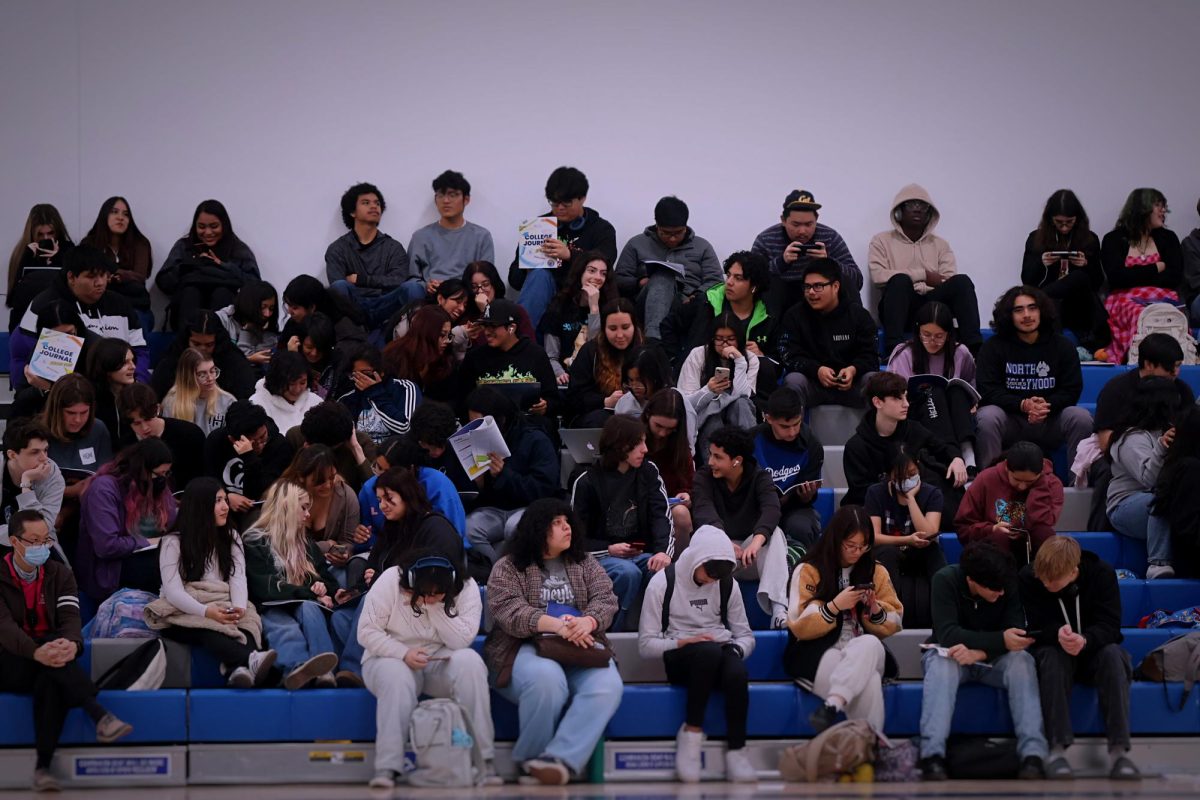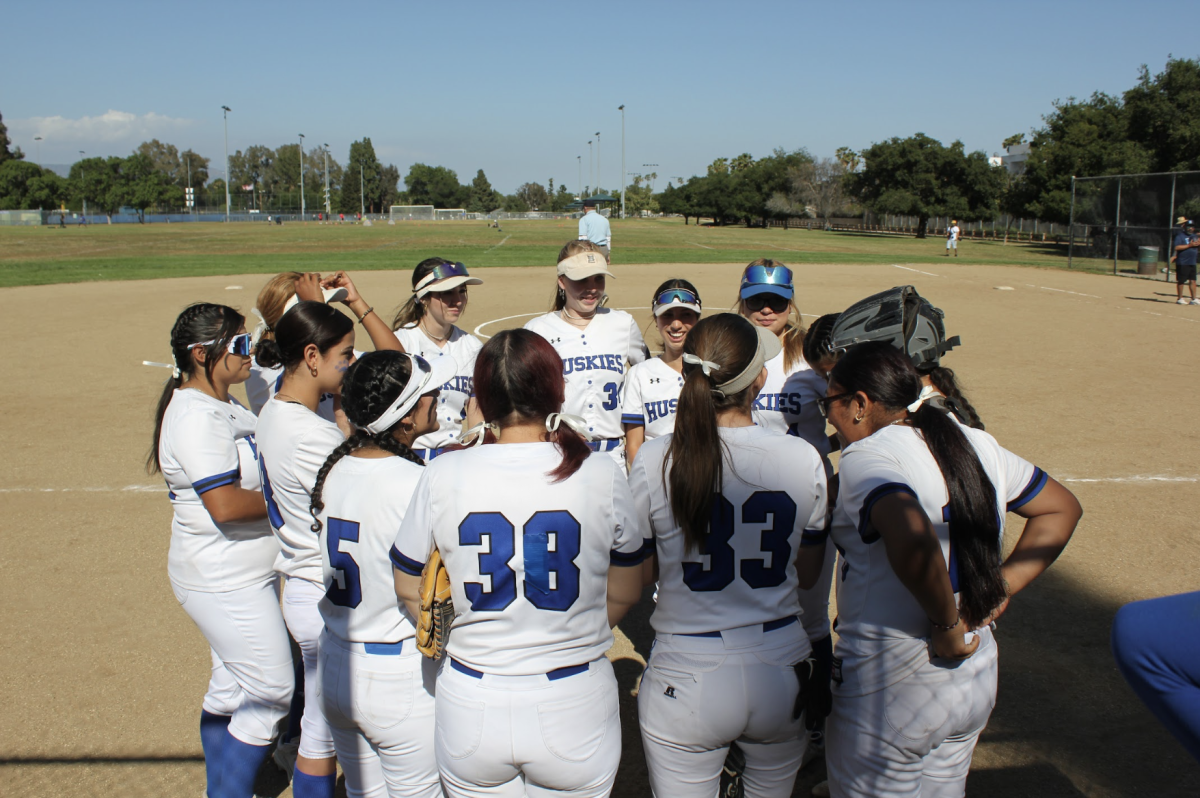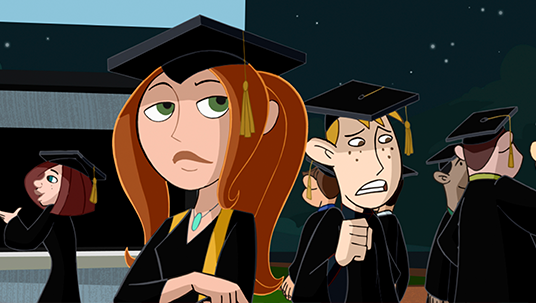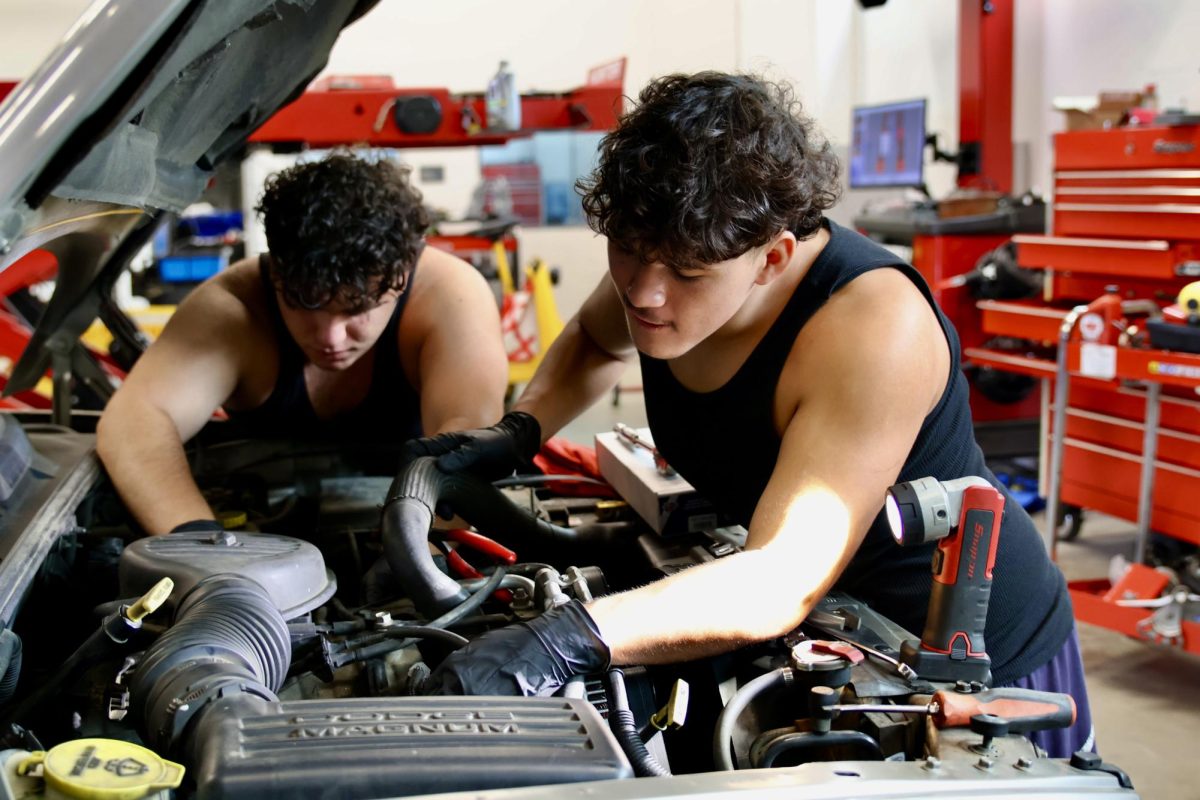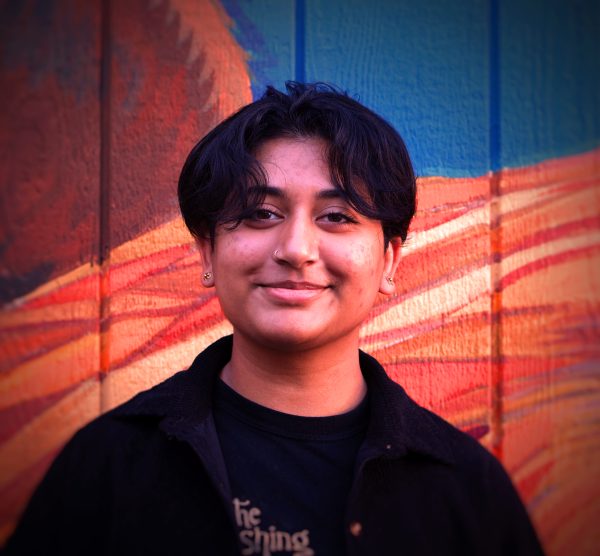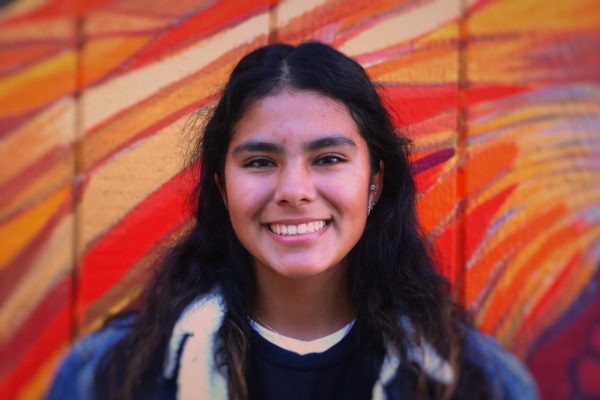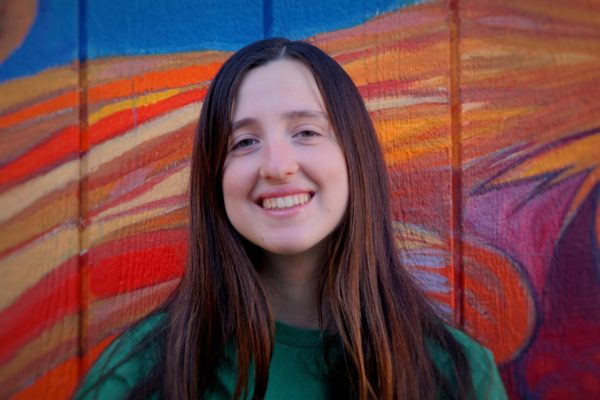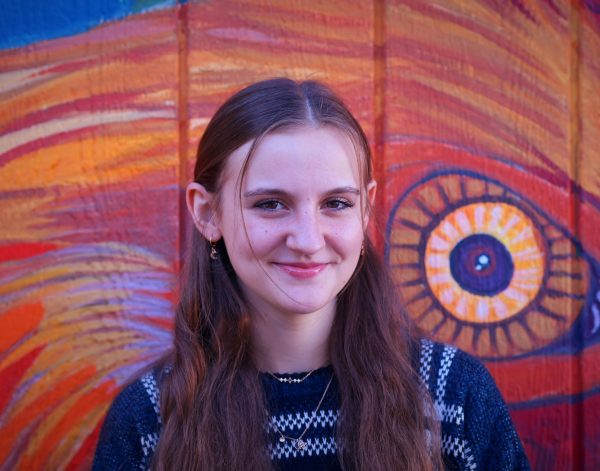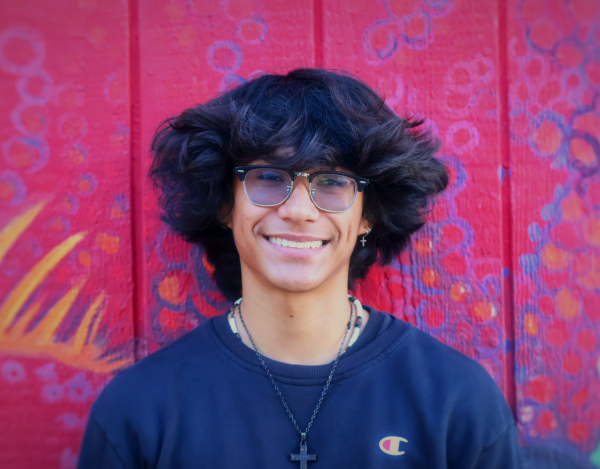Intro:
On Wednesday, January 24th, multiple assemblies were held in the gym—the only place large enough to hold indoor school-wide events due to the ongoing campus modernization—for all students to view the once-a-semester School Violence Prevention video. While the title encompasses an umbrella of issues relating to violence, this assembly was specifically focusing on suicide prevention and awareness.
Students from every grade were taken to this assembly by one of their teachers. The assembly consisted of the district-produced video projected on the gym wall, which described the various warning signs for suicide in an individual, as well as steps for students to help those experiencing suicidal thoughts or exhibiting suicidal behaviors.
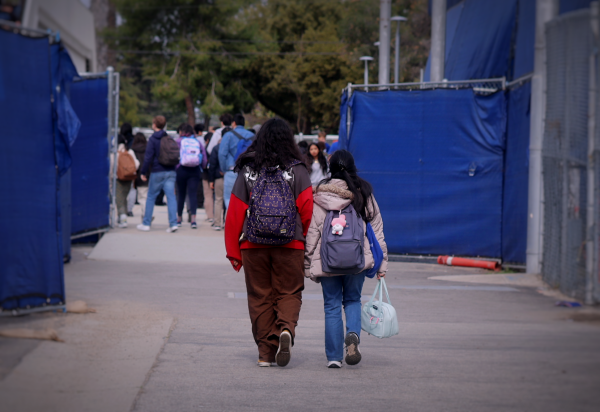
There is no speech from teachers, mental health professionals, or administration; the video starts playing from the projector as soon as students are seated, and continues until the hour-long period is about over. From ineffective lighting affecting the clarity of the video, to the poor sound quality, to the distracting noises from the ongoing construction outside, most students were disengaged. On their phones, talking to friends; or if they were 11th or 12th graders, looking over the college checklist pamphlets which were handed to them as they entered the gym—something that felt very irrelevant and disconnected to the assembly topic.
This calls into question the effectiveness of the school’s resources for mental health. Make no mistake, we at the Arcade don’t mean to make it seem like the school or the district don’t care about the mental health of their students—LAUSD puts a lot of effort into supporting kids, but the assemblies are simply one issue we hope to call attention to.
Why Assemblies Don’t Work:
The lack of effort put into the assemblies sends a message to the students; it says, “We are required by the district to do this.”
Ms Bunis, a SAS social studies teacher, says, “Just being in that assembly, I got the feeling; if someone was going through a hard time, and they were sitting in this assembly, I [would not] want them to get the message that nobody is listening to them, or no one cares about what they are going through.”
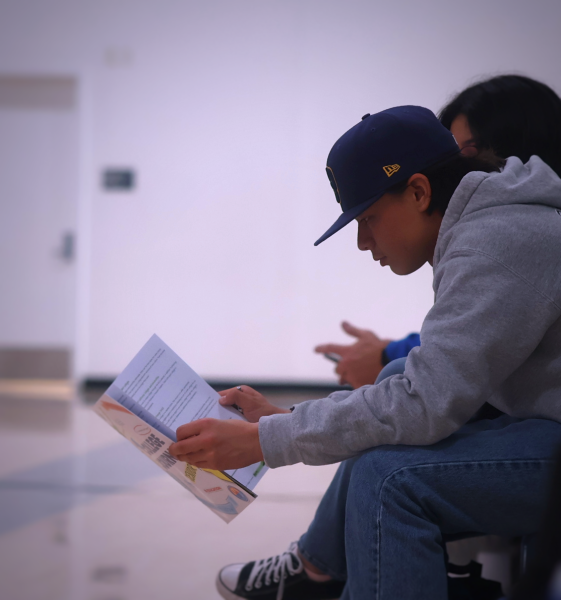
Diana Araujo, a STEM sophomore, says, “Personally, I did not think that the slideshow/presentation that was displayed at school recently was as effective as LAUSD would want it to be. My reason being is that many people may tune into the assembly and its content, but not many will actually take into account either its severity, or the points of view of instructors who are trying to get the message through to students.”
Although assemblies, videos, and presentations are easy ways to get information to the thousands of kids the school needs to reach, they are consequently detached and impersonal.
Valerie Santos, a SAS senior, expands on this idea, saying, “Assemblies are flawed because they tend to use a universal approach. Schools often assume that all students have similar needs and learning styles.”
Often, a common critique about the district’s “one size fits all” application to serious discussions like mental health.
Santos adds, “This approach leads to disconnect with certain students who require more personalized or targeted information. Assemblies may also fail to recognize the specific needs and interests of the students which results in disengagement when topics aren’t relevant to their experience or concerns.”
What Do We Need Instead?
Mental health is a very individualized concept. It is unrealistic to assume that one large-scale address each semester is sufficient enough to inform and support kids. Although there are other resources available to students, they have to be sought out by those who are in need of them; the resources are not distributed to students. The assemblies are the only widely distributed form of mental health support that every child receives no matter what, and they are severely low-impact.
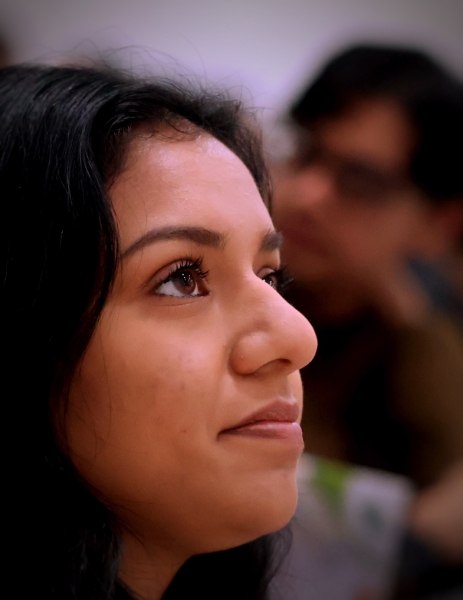
Abby Barbosa, a HEA sophomore, says, “Something I think the school can do is regularly check in on students—and I mean all students. No matter how long it takes, all students should be checked in on. It doesn’t matter if they are having a good or bad day. In the end, they’ll still need support.”
Having resources merely highlighted as reminders in these assemblies is not enough—students need a school that is proactive in their support. We are already doing so in our academics, with IGP (Individualized Graduation Plan) meetings with our counselors at least once a semester. Our mental health deserves that level of attention and effort, too. One-on-one meetings with the school’s professionals would have a positive impact on the students.
What Resources are Available?
The school has two forms of individualized mental health care available to students: PSWs and a psychologist.
PSWs, or psychiatric social workers, are mental health professionals that are integrated into the school. They are a great example of the individualized mental health support that students really benefit from.

Barbosa compares the assembly approach to the PSWs. She wrote, “Since they are required by the district to have us watch this video, it would make it seem like they really don’t care about a student’s mental health, but instead of the reputation of the school itself. On the other hand, there are staff members who truly care about how a student is feeling, like the PSW workers (they are amazing).”
Rei Smartt, a SAS junior, says, “I know that the school has PSWs, and I only feel comfortable enough to talk to them because I’ve met them before. I don’t feel comfortable enough with other staff at the school. Don’t get me wrong, I have some great teachers. But mental health isn’t talked about enough at school and I wouldn’t feel comfortable talking to them about it.”
Here we can see an example of the fact that although administrators do their best to help kids, PSWs can do more. Smartt’s comment, “I have some great teachers…but I wouldn’t feel comfortable talking to them about it,” is a critical detail that school-sanctioned assemblies miss; teachers aren’t mental health counselors, and students can tell.
There are two PSWs on campus five days a week: Ms. Kirstyn Leong and Ms. Catalina Ruvalcaba, in room 156A. They were unable to comment on the assembly system. Two doors down is the school psychologist Mr. Sam Schwarzmer in room 155A.
Mr. Shwarzmer says, “The campus is lucky to have two PSWs, as well as the regular counseling staff, who are really good at their jobs…But it’s a big campus, and I often think about the people that don’t come forward. Who’s there for them? And that’s just something I think about, there’s no way I can-I can’t tap somebody on the shoulder and say ‘Are you feeling depressed today?’”
The Arcade’s Thoughts:

All of the mental health procedures that LAUSD have in place are good-–any difference they make in even one student’s life is worth it. But we recognize that there are always improvements to be made. We need individualized, proactive mental health care instead of one-size-fits-all assemblies, delivered by mental health professionals instead of school staff. We need less school-wide lectures and more guided discussions where an individual student can feel acknowledged and heard. We do recognize and appreciate all efforts made by LAUSD, but from a students’ perspective, we deserve more.
Mr. Shwarzmer summarizes, saying, “There’s no question that more could be done if it could be done in a more intimate way, more personalized way, if that were possible…The assemblies really should be the place where that door is open, and then there needs to be follow-up where there’s a place where people who want to respond can. That, I think, would be ideal.”
If you or someone you know is struggling, don’t hesitate to contact the Suicide Prevention hotline at 988, or to reach out to the professionals available at the school.

